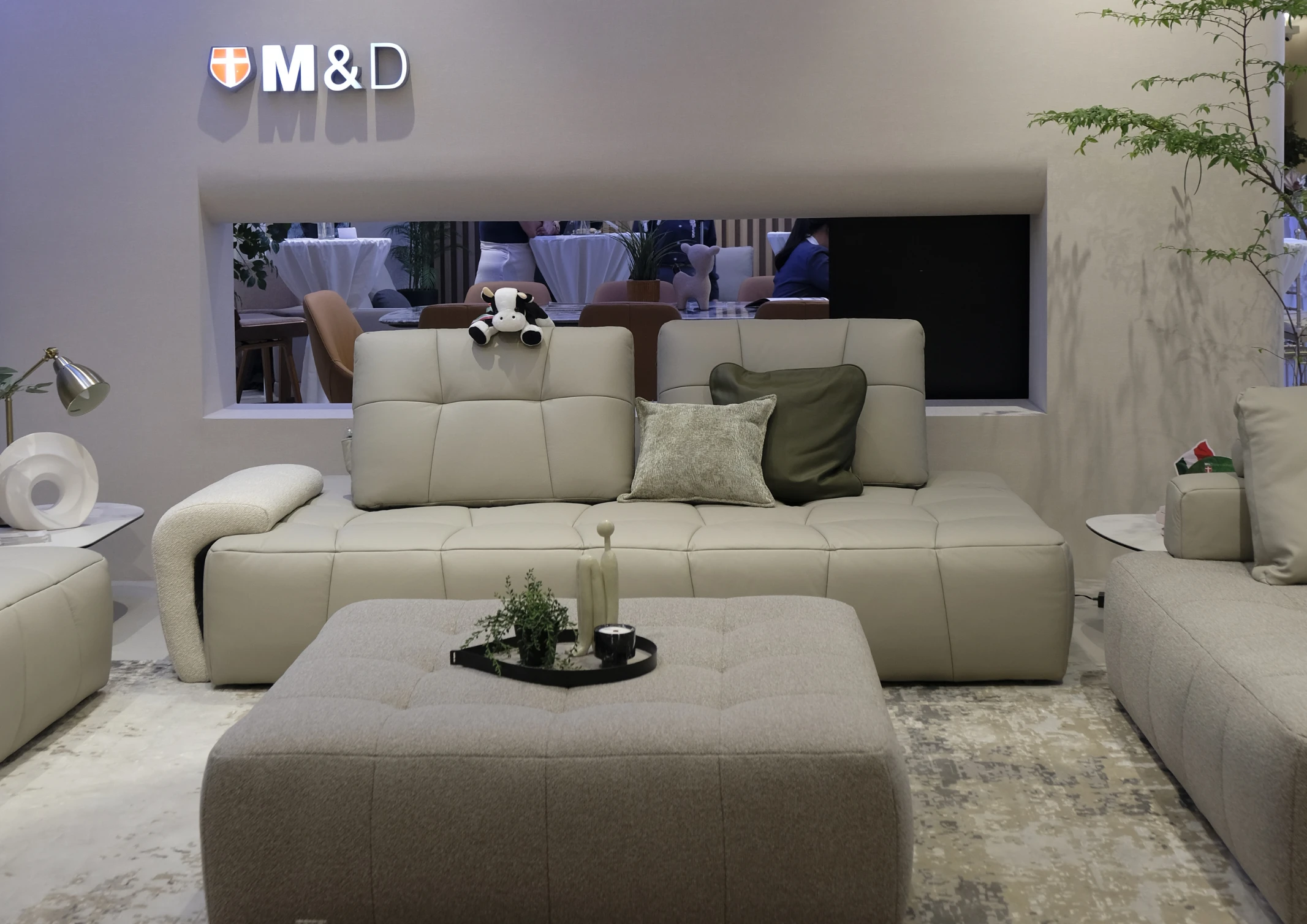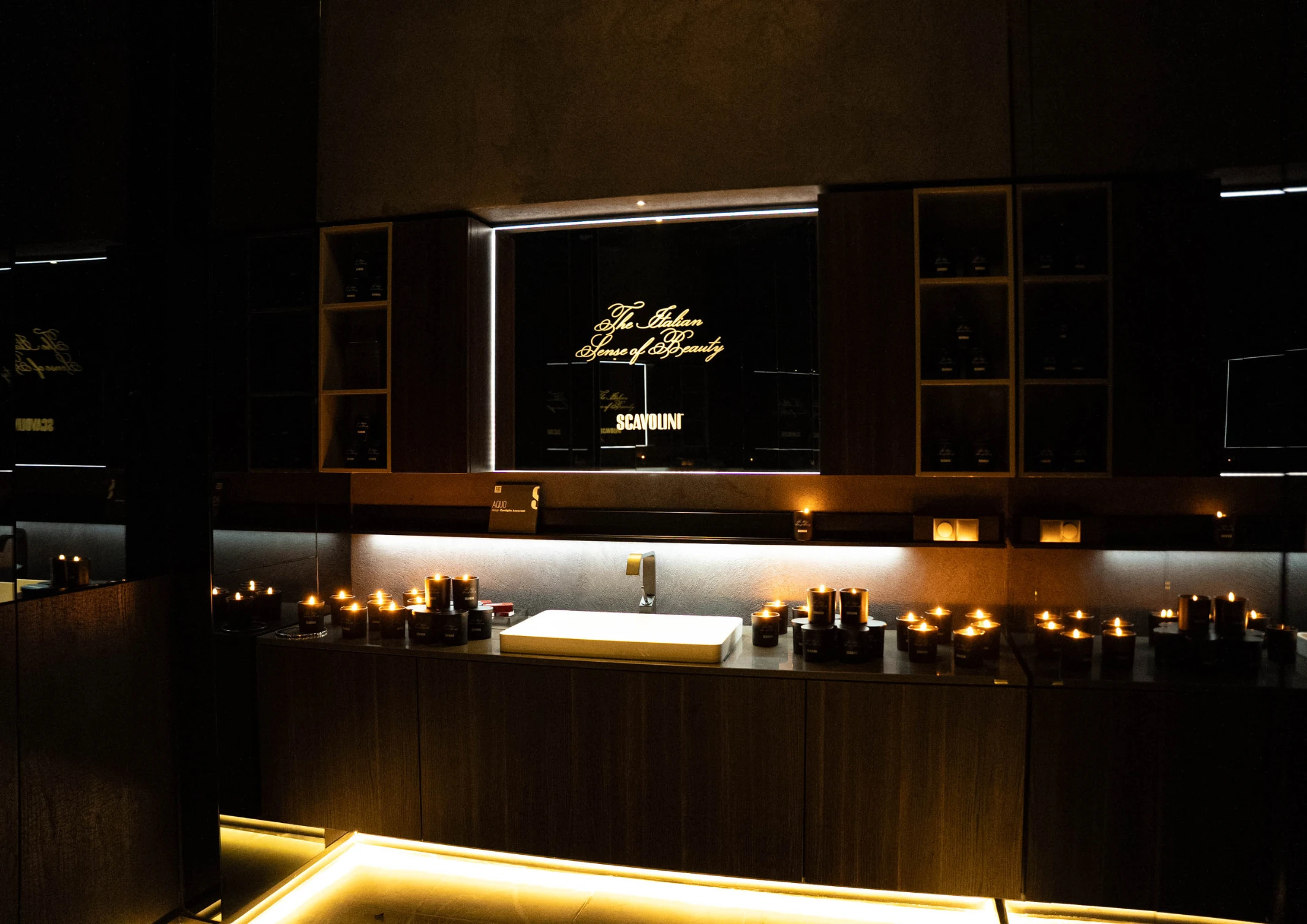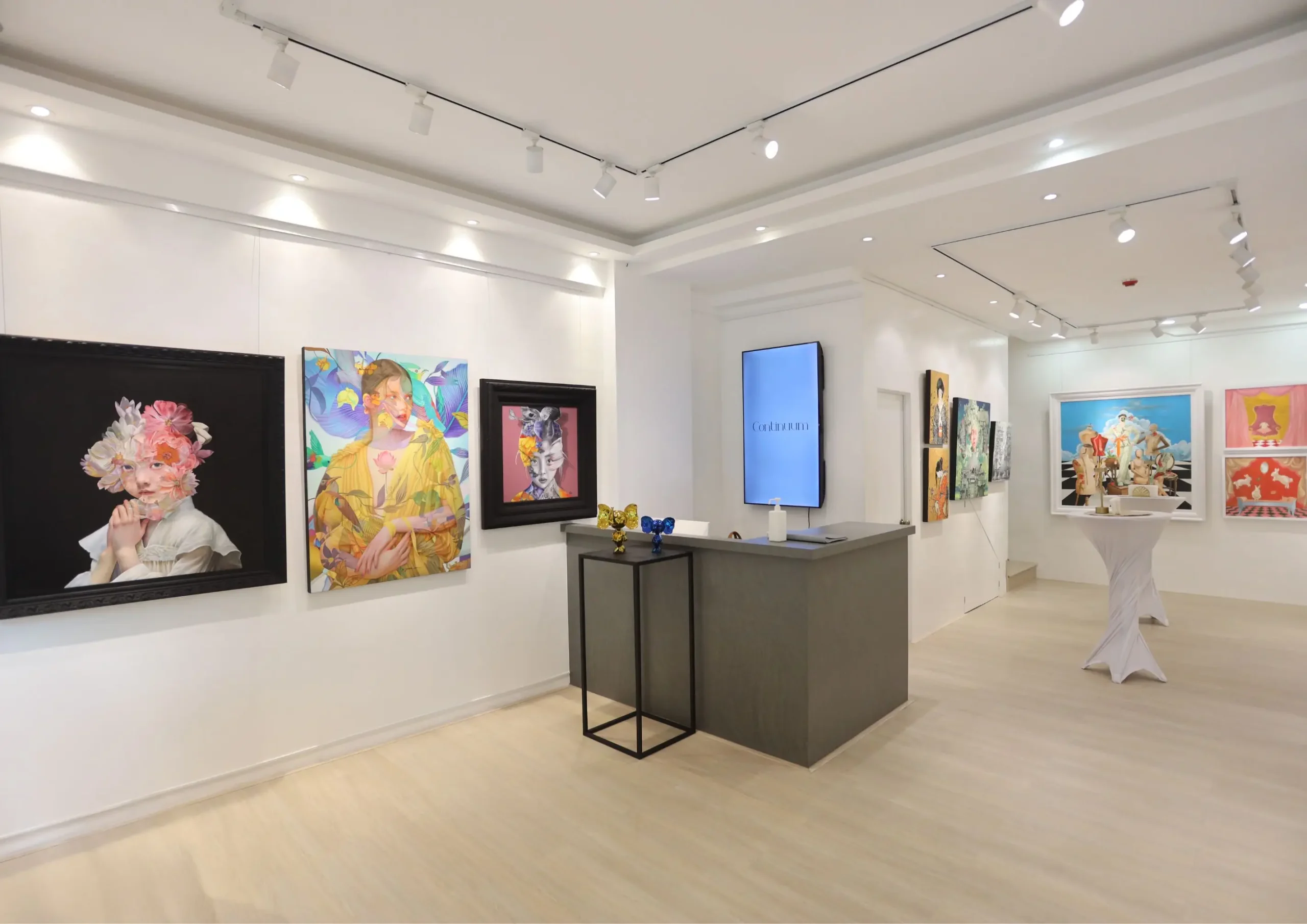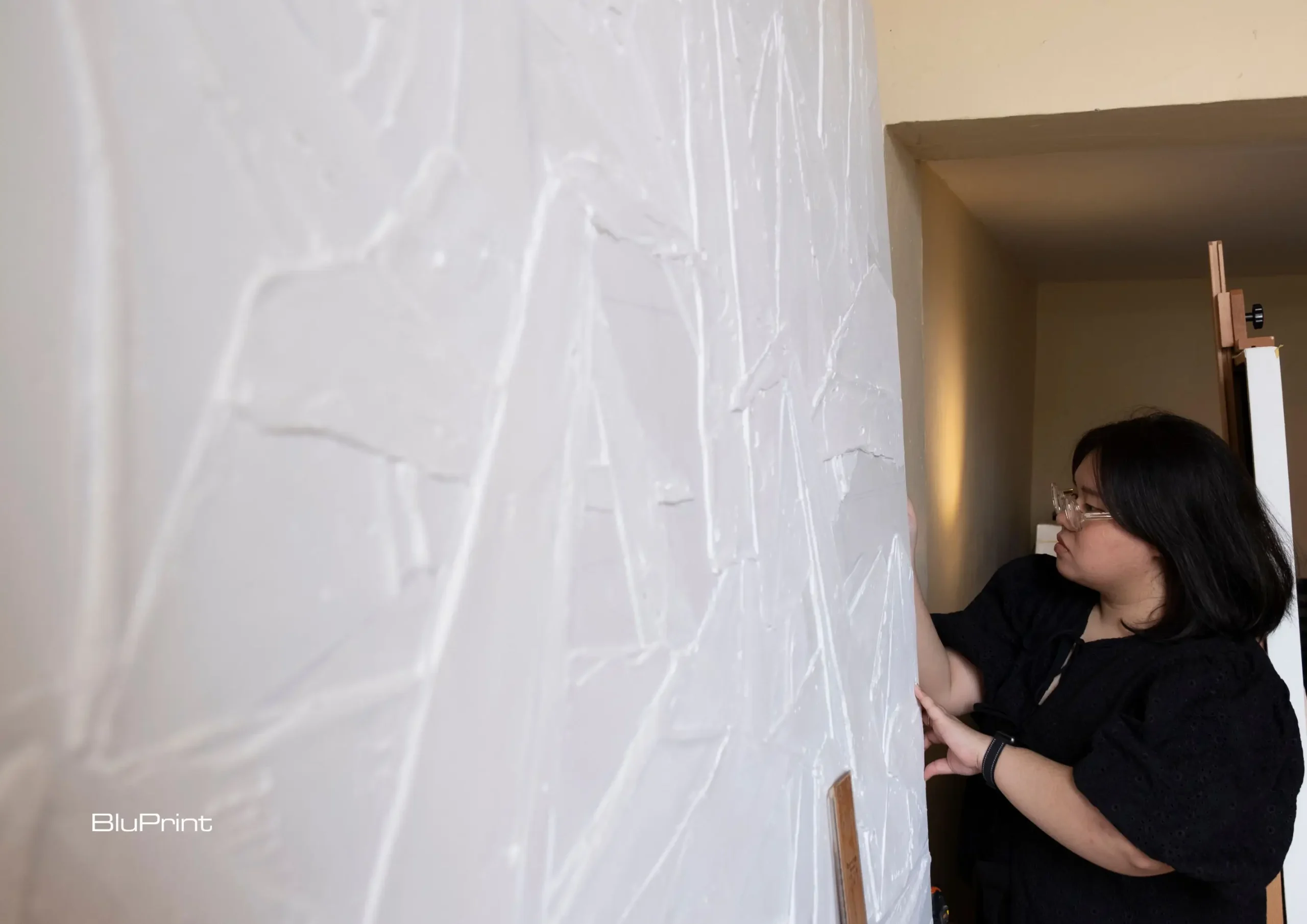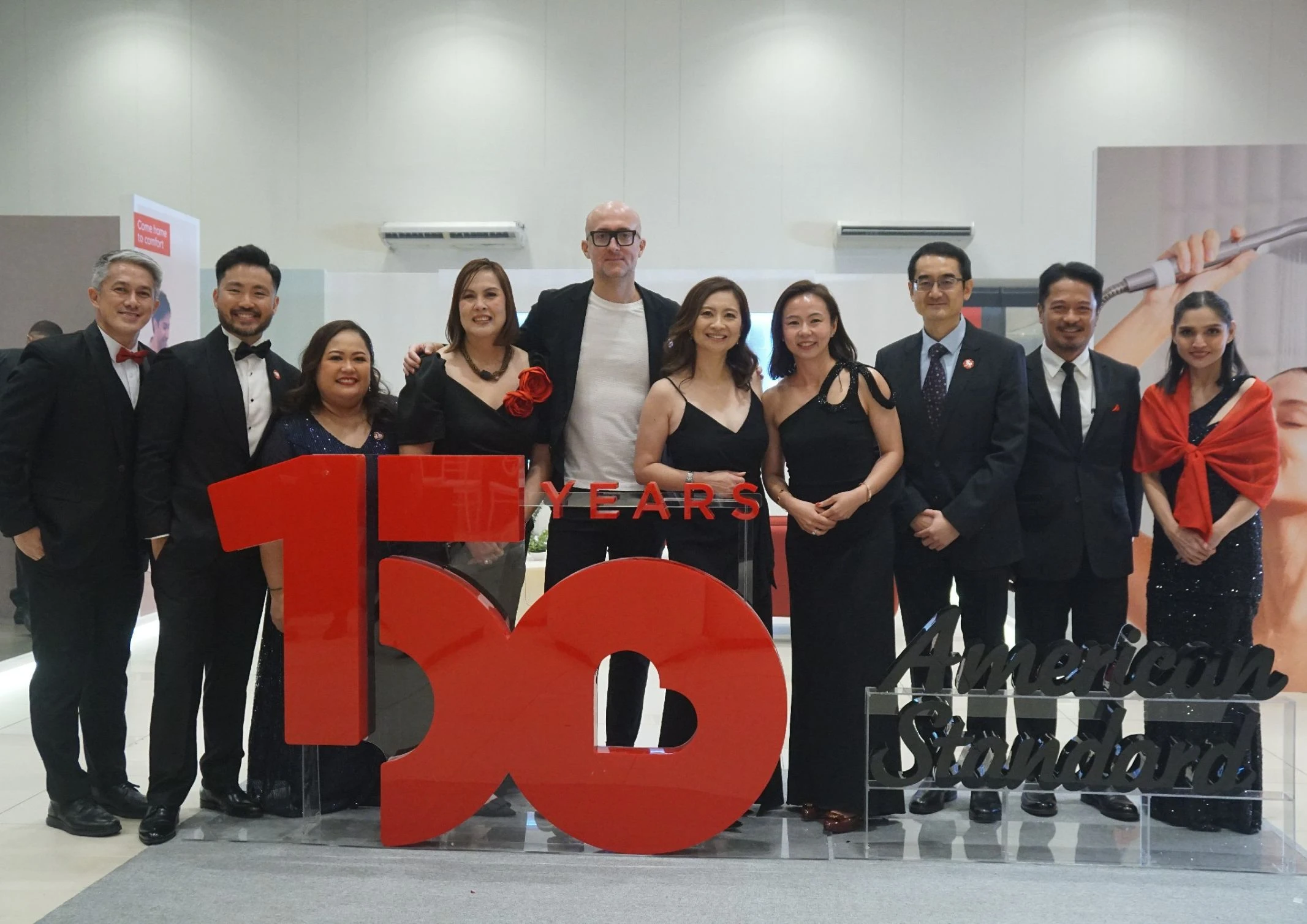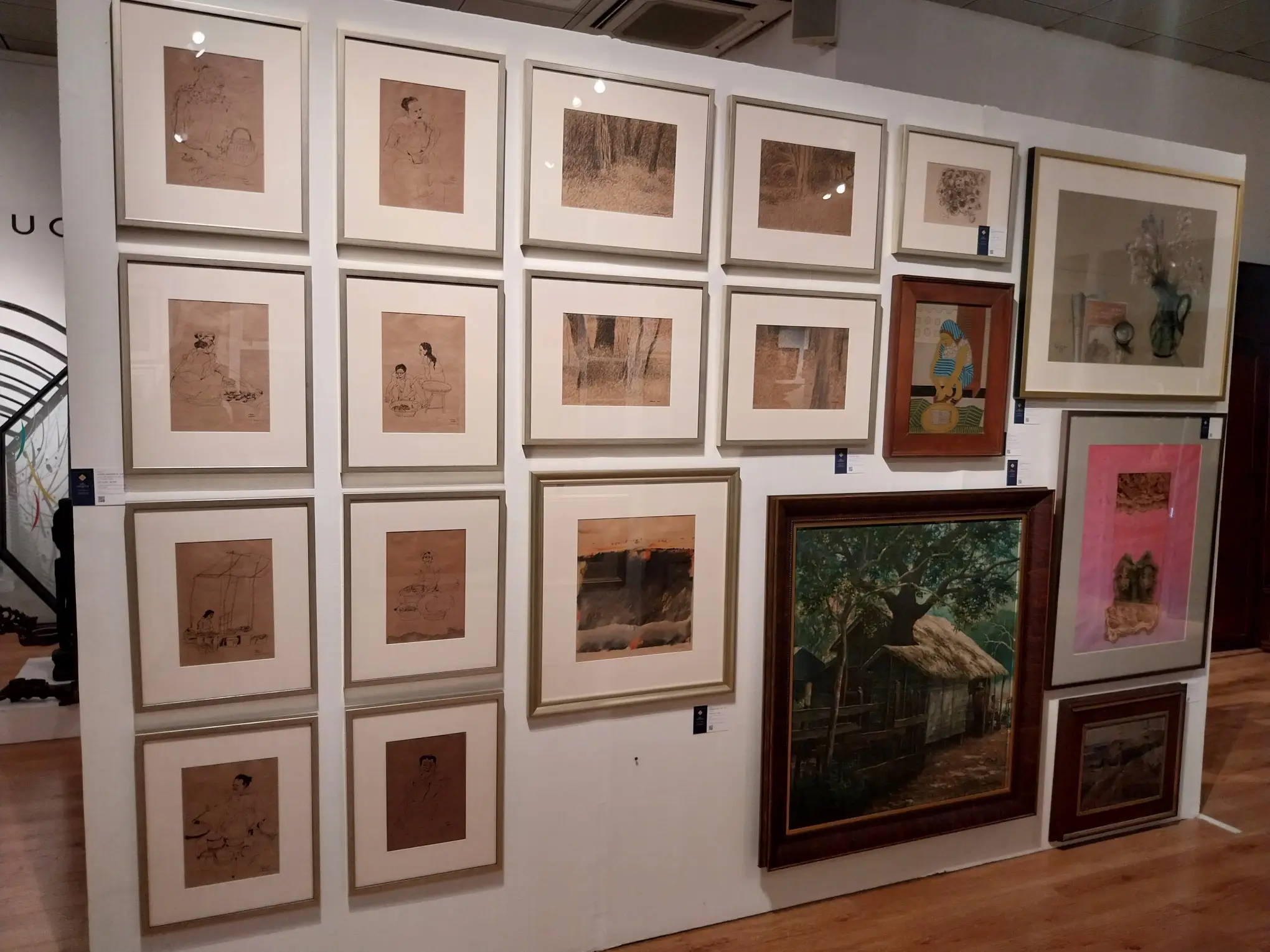There is no excerpt because this is a protected post.
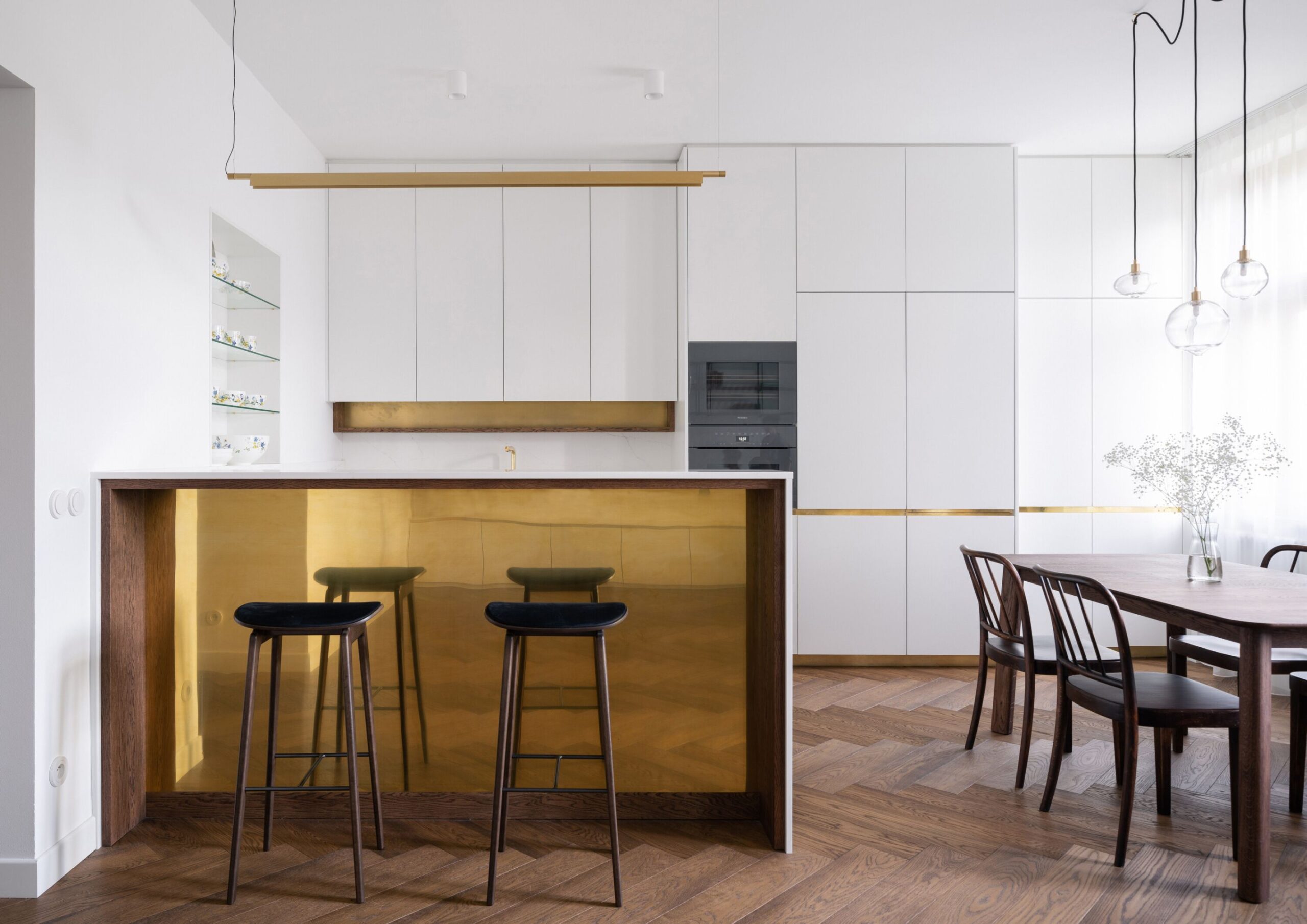
Villa Bianca Apartment: A Contemporary Take on Prague’s Architectural Heritage
History lives through its retelling. And buildings are among the repositories of the past, preserving and narrating the experiences of those who occupied it before. The infamous Villa Bianca, however, struggles to tell its origin story due to the numerous renovations it went through. But a contemporary take to one of its apartments allowed the residential complex to reconnect back to its roots.
The Villa Bianca for More than a Century

Villa Bianca is an exclusive residential development located in the Prague 6 district in Czech Republic. But long before that, it stood as a classicist homestead for the Bond family since 1890. 21 years later, it became one of the most recognized works of Czech architect, Jan Kotěra, and the forefront of Prague’s modern architecture movement.
The building’s modernist design reflects this progressive architectural perspective. From the facade to the interior, function dictated its initial form. Clean lines, simple geometric shapes, abundant natural light, and modern materials like glass, steel, and concrete made its framework.
Post World War I, it underwent its first renovation in a neo-baroque style, deviating significantly from its original design. Substantial architectural changes due to government interventions followed, which further stripped off its modernist allure.
But in 2003, Villa Bianca managed to reintroduce some of its old defining details through Dutch architect Erick van Egeraat. To some extent, the exterior revived Kotěra’s signature style, particularly with the replicated mullioned windows. However, the interior didn’t have any hints of the authentic design and instead embraced the new millennium’s bolder style.
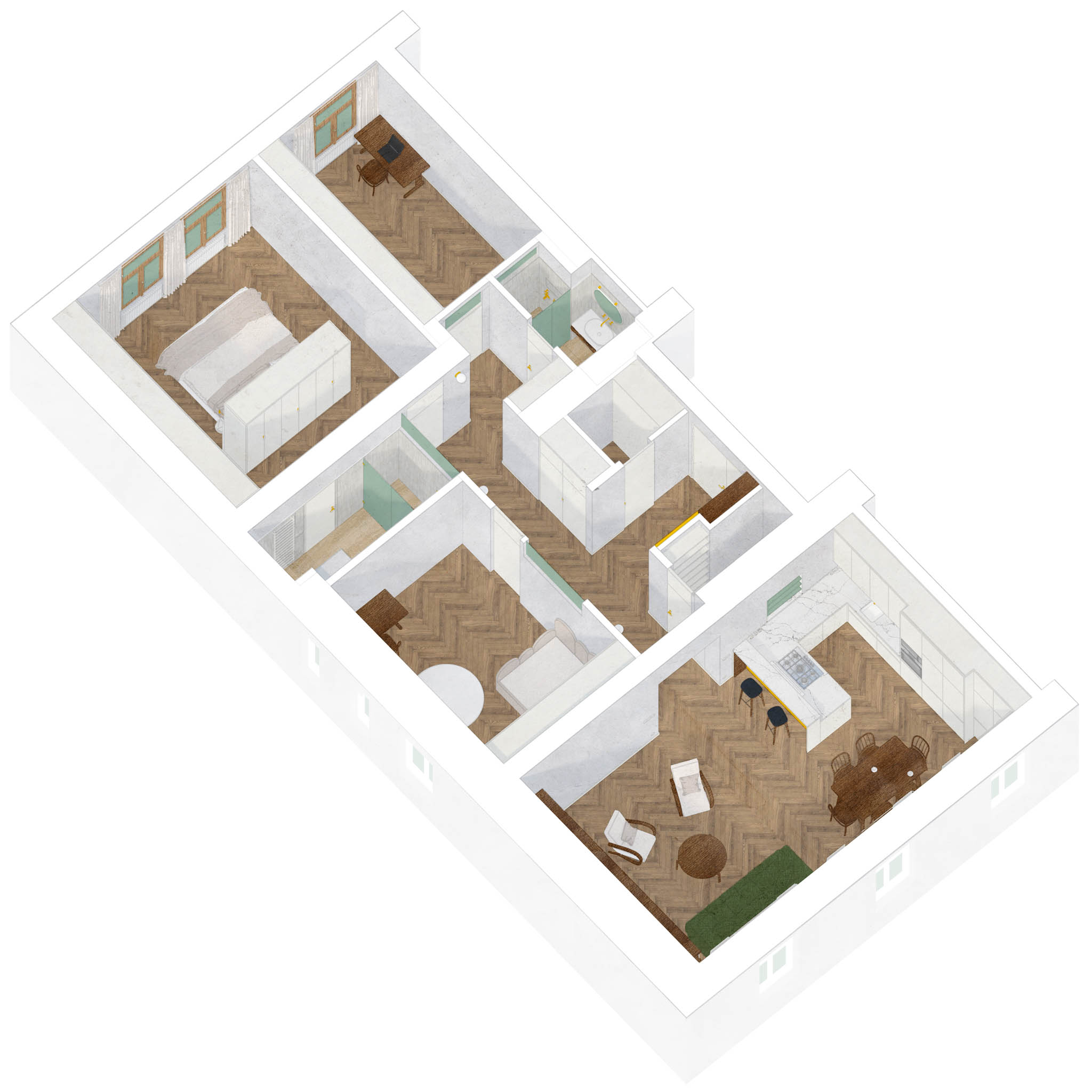
These reinterpretations prompted the Prague-based architecture studio Komon architekti to bring Villa Bianca back to its modernist appeal. And within one of the historic residential complex’s luxury apartments began the restoration and narration of its origin tale.
A Trip Down Memory Lane
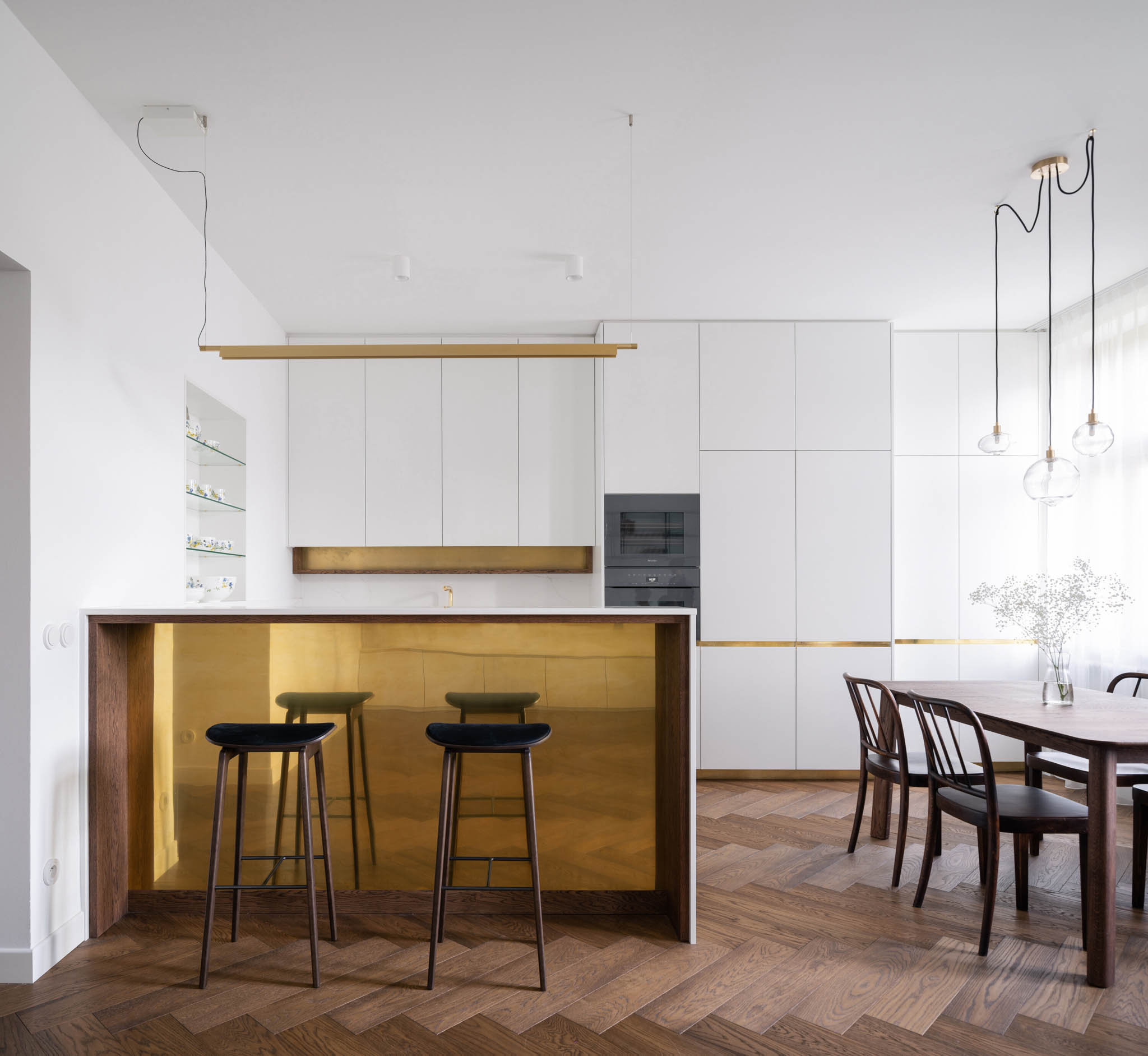
Komon architekti founders Lucie Roubalová and Martin Gaberle aimed to establish a connection to Villa Bianca apartment’s past without following a historicizing approach. So, they pursued a contemporary take with direct references to Kotěra’s work. This then carved a way for the apartment’s present design to reflect its very own story.
Entering the 131-square-meter flat is like taking a journey through time, where modern elements seamlessly blend with historical details. You can immediately see traces of the old Villa Bianca in the dark oak parquet floors and standalone furniture. Along with brass accents present in every corner of the home, these Kotěra-inspired features will acquire a natural patina over time. By that point, these contemporary yet heritage-influenced details will be another timeless addition to the villa’s rich history.
Matte-white coated plaster finished walls cover the entire apartment while creating a uniform backdrop for the lacquered wooden elements. These design choices, together with the glass materials evident in mirrors and lighting fixtures, ultimately revitalized Villa Bianca’s original look.
Solitude in the North Section
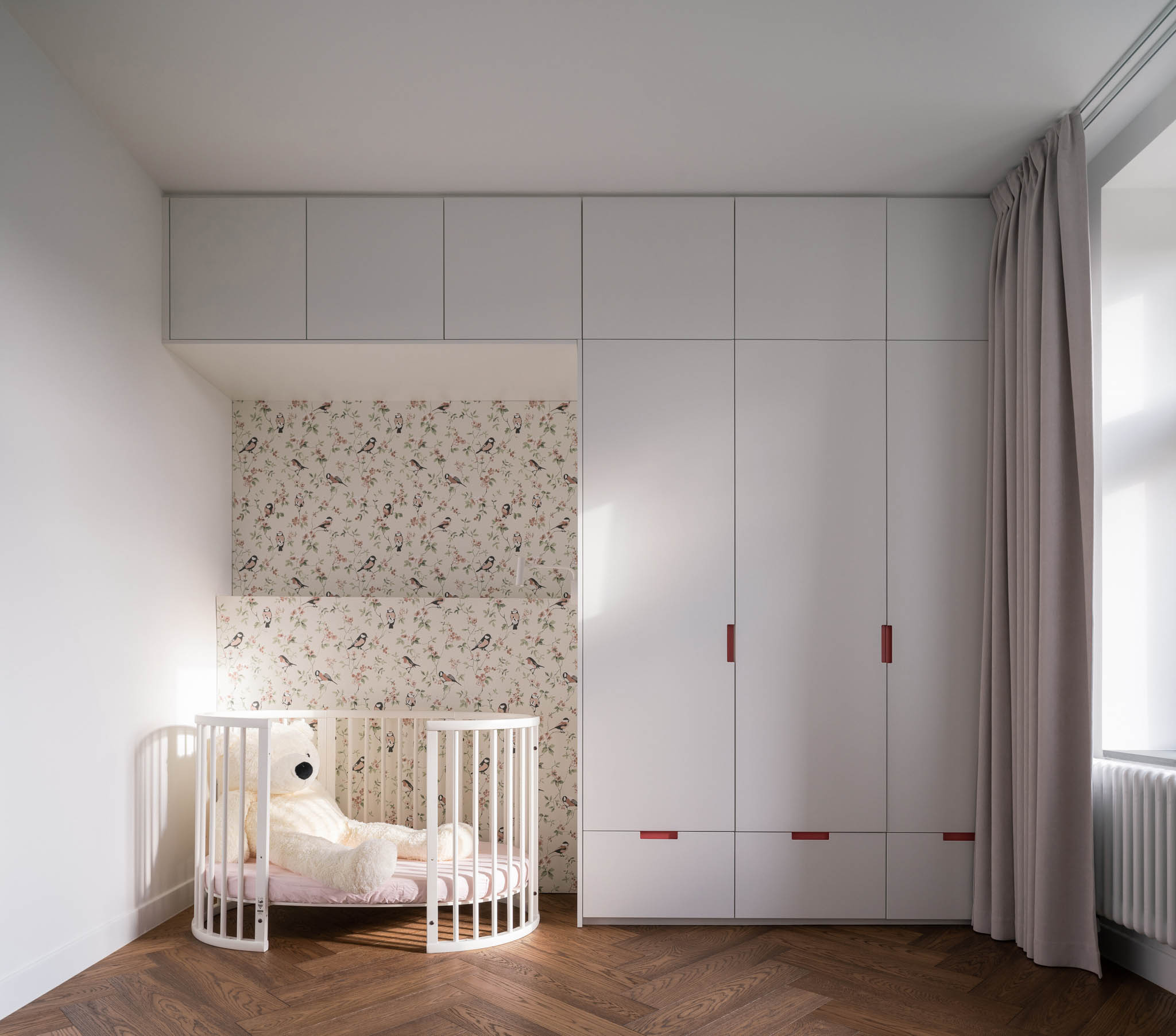
From the foyer, you’ll find the nursery room directly off of it. Among the Villa Bianca apartment rooms, it’s the only one that incorporated patterned wallpaper to highlight the niche where the crib is placed. It additionally serves as a tribute to the building’s former classicist design, breaking the interior’s general modern minimalist style.
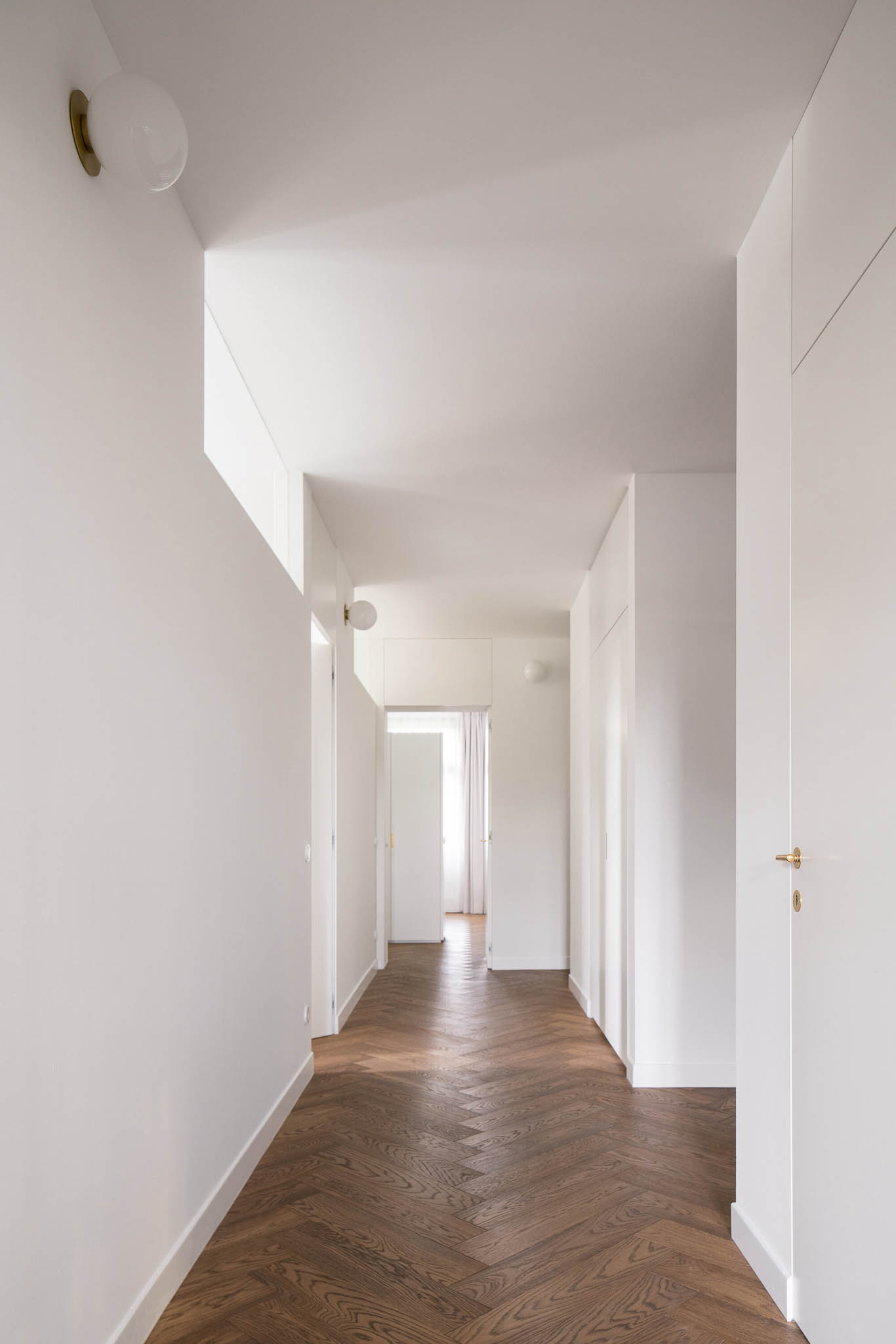


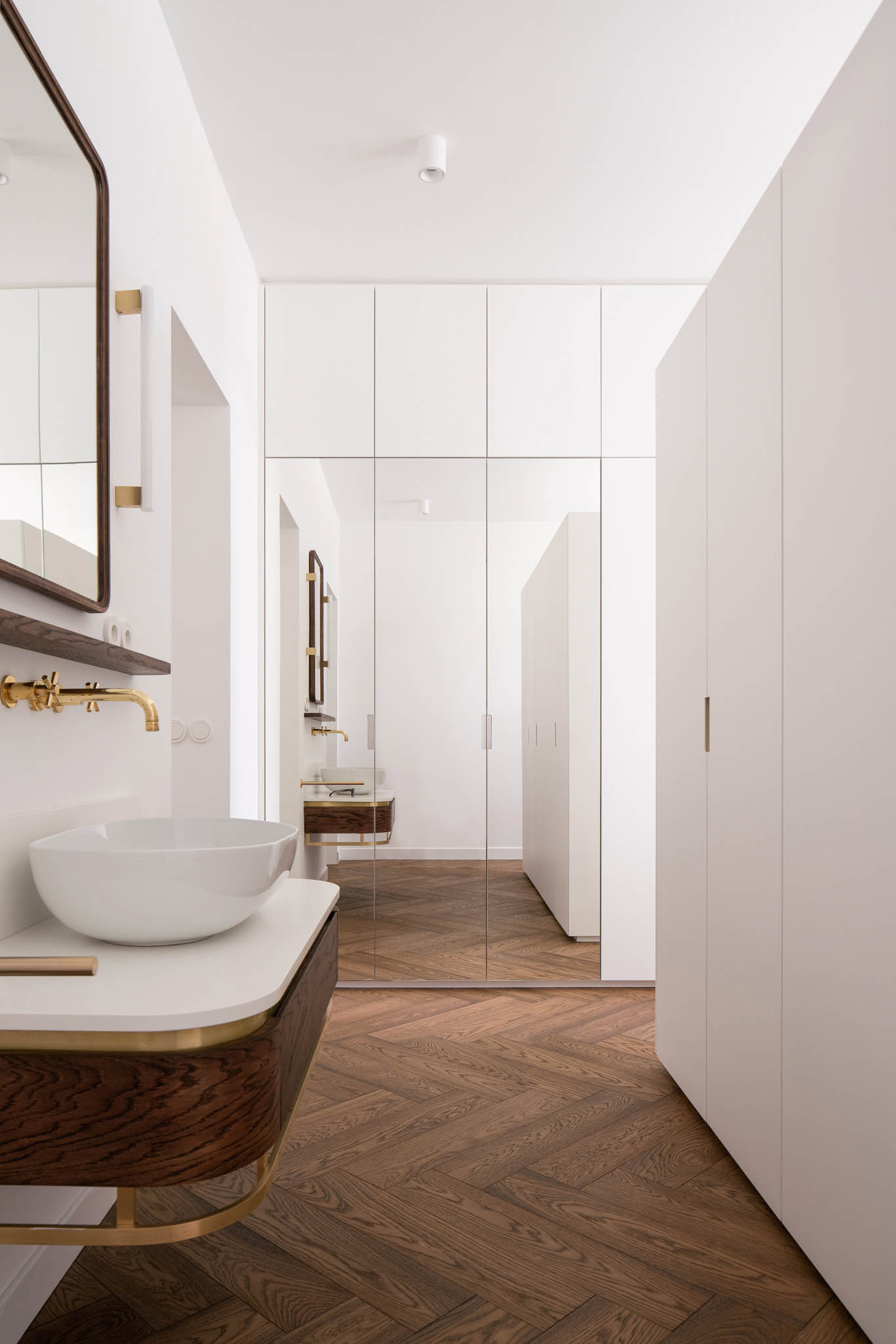
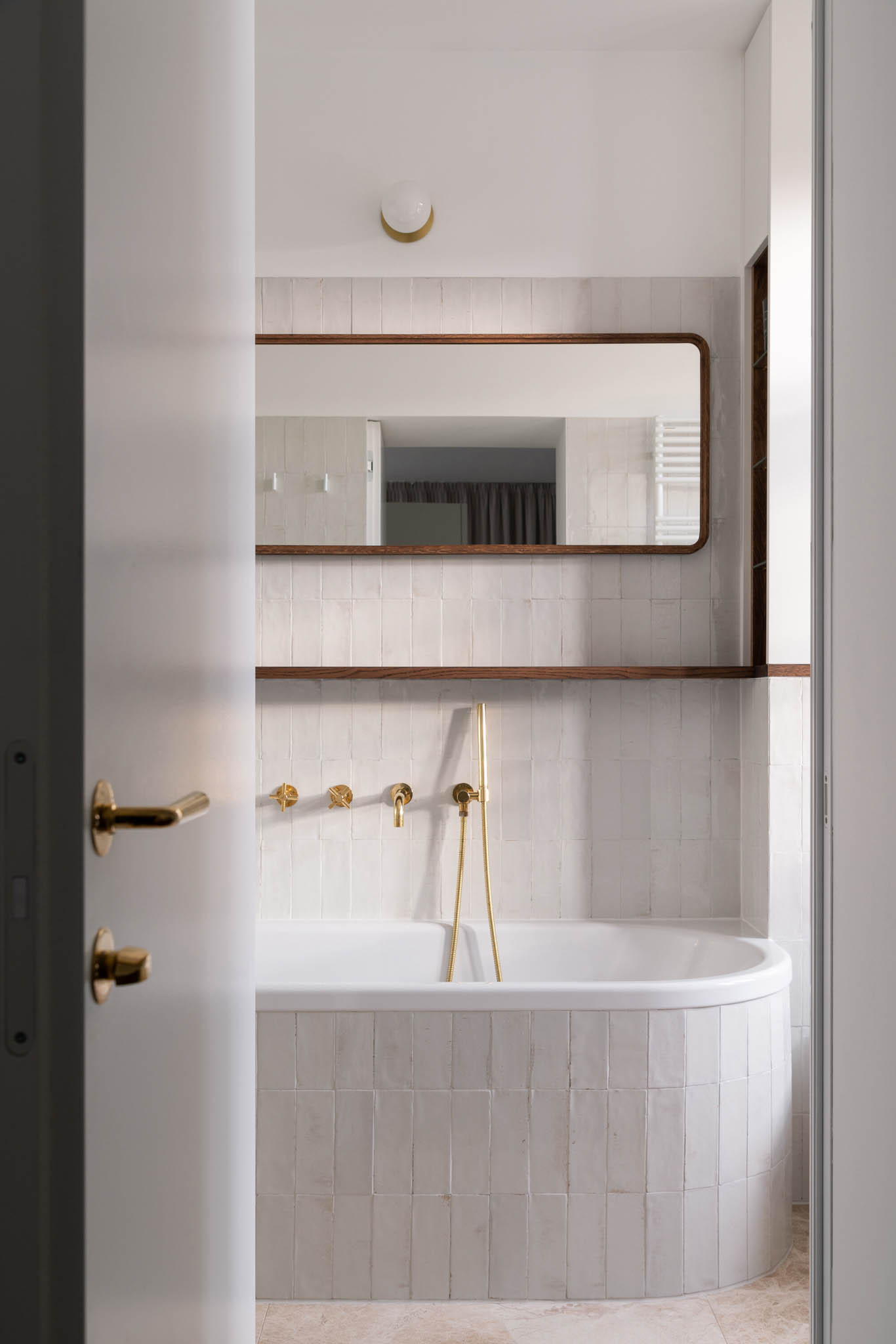
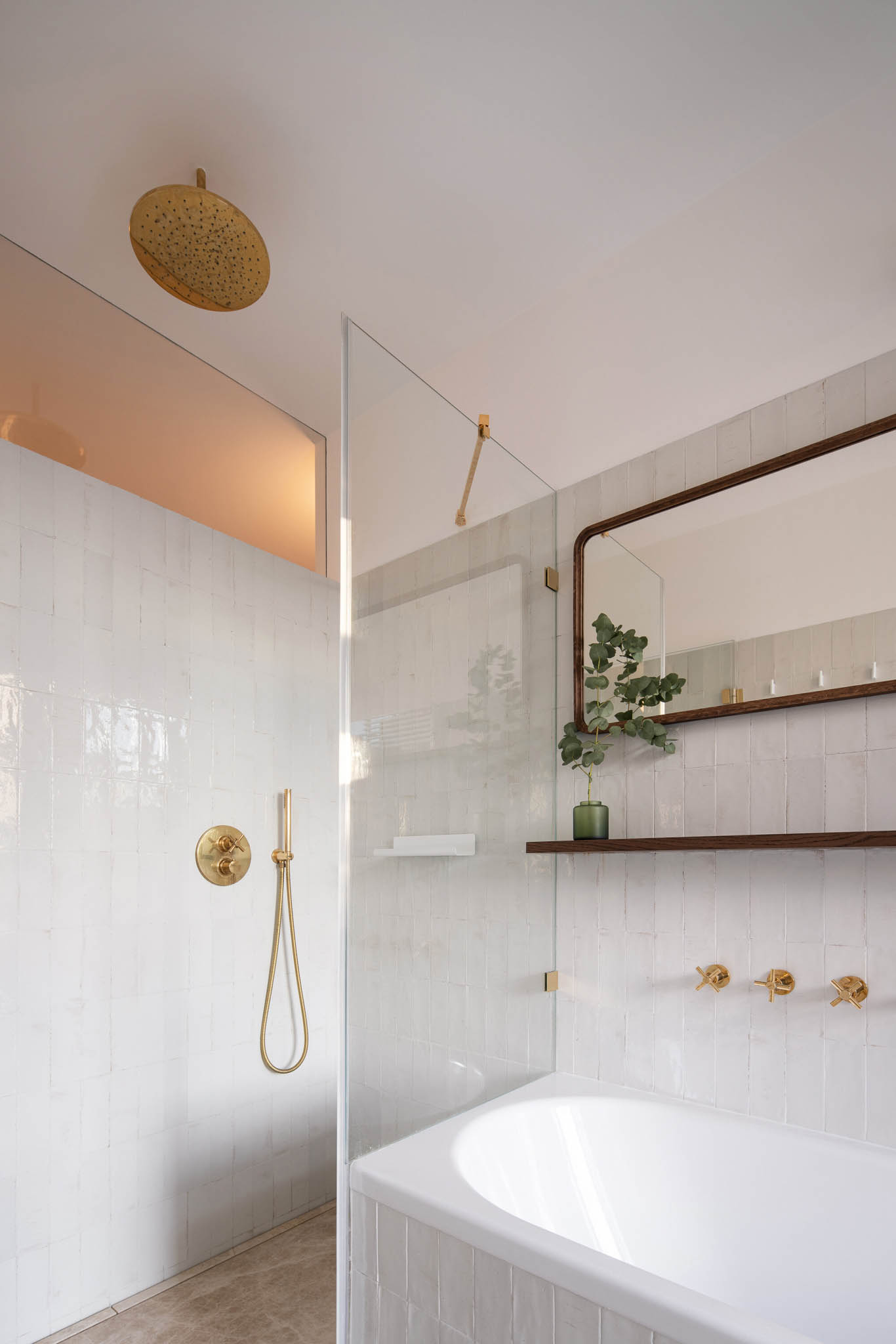

Upon turning right, the central hallway, illuminated by natural light from the clerestory windows, leads you to the bedroom. Thanks to its north-oriented massive windows, the bedroom receives ample amounts of natural light, further accentuated by its light neutral color scheme. Behind the bed’s headboard is a separate dressing area with an attached sink. The bathroom next to it features irregularly shaped tiles with subtly veined marble on the floor for a more organic look.
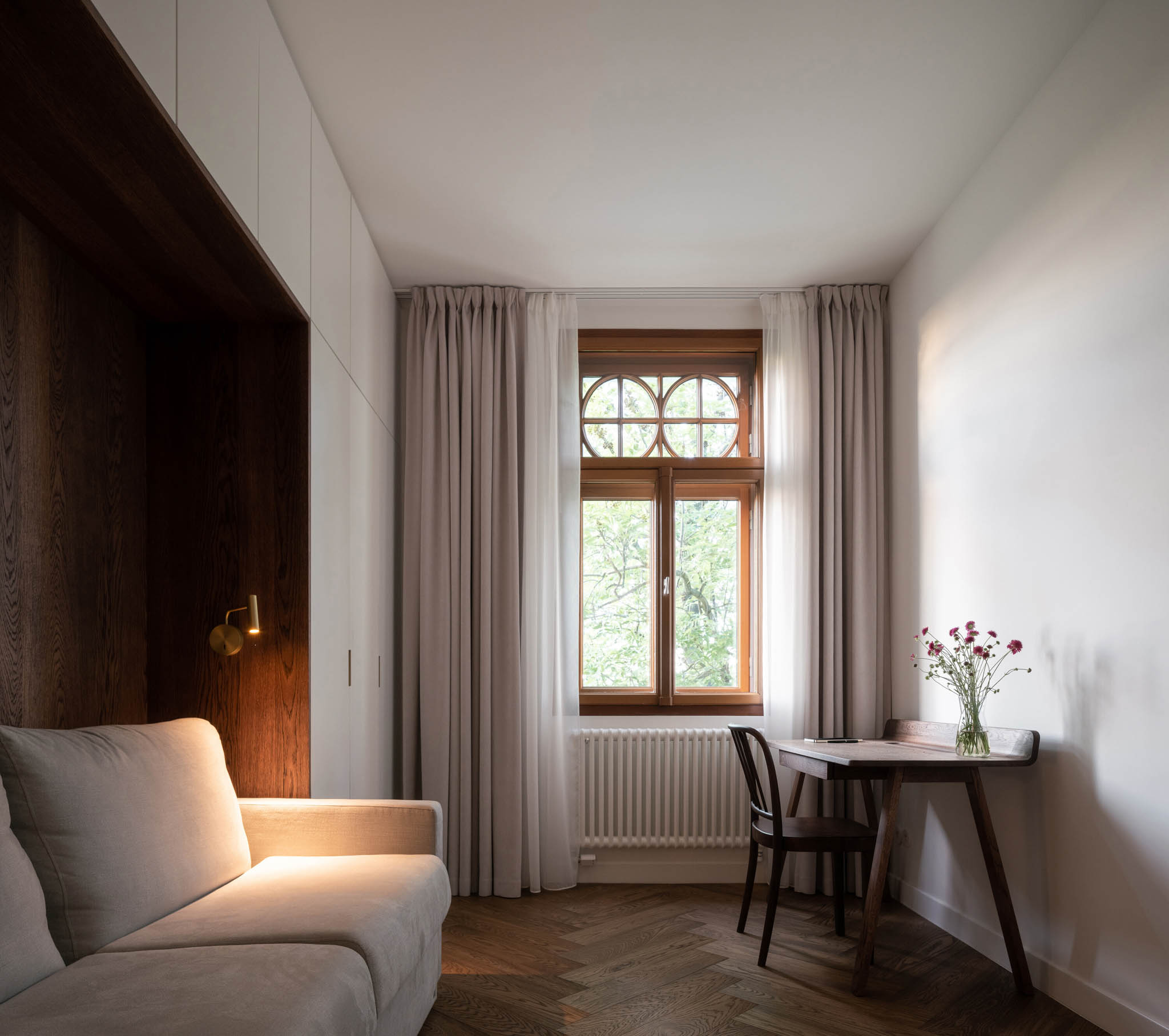
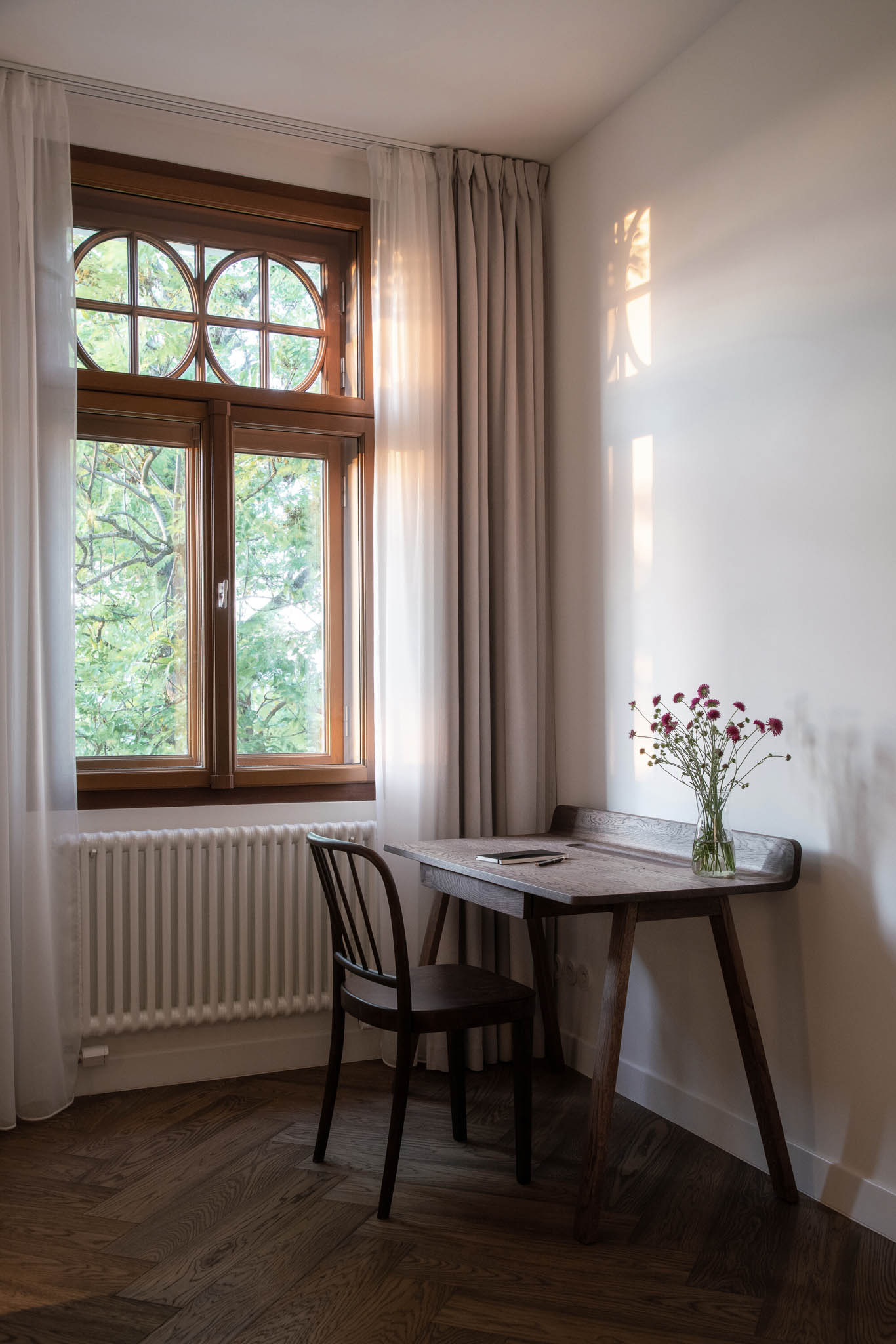
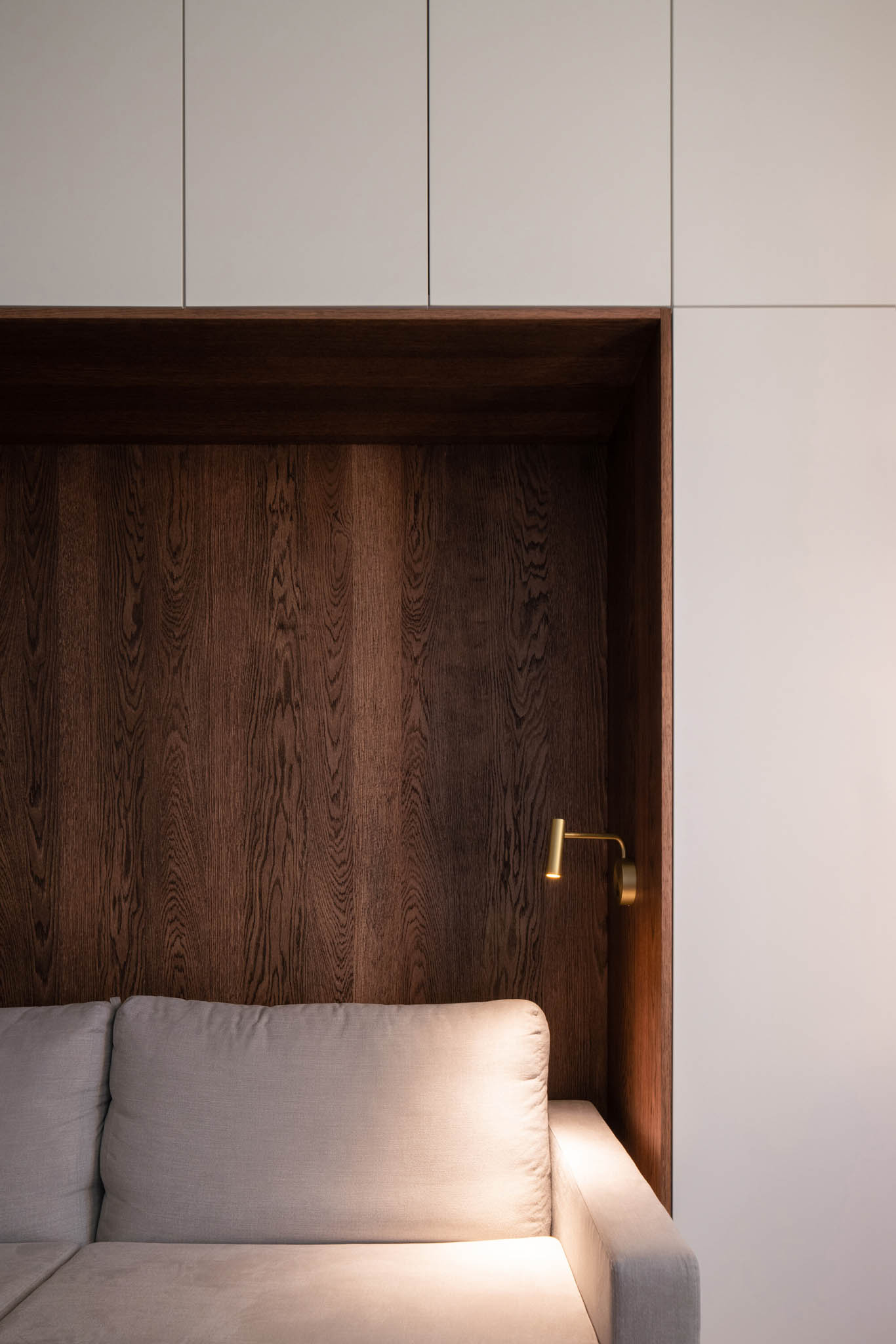
Adjacent to the bedroom is the study area with a plush sofa sitting in a recessed alcove. This space appears warmer and dimmer than the rest of the interior due to more prominent lacquered elements.
The South Wing Living Space
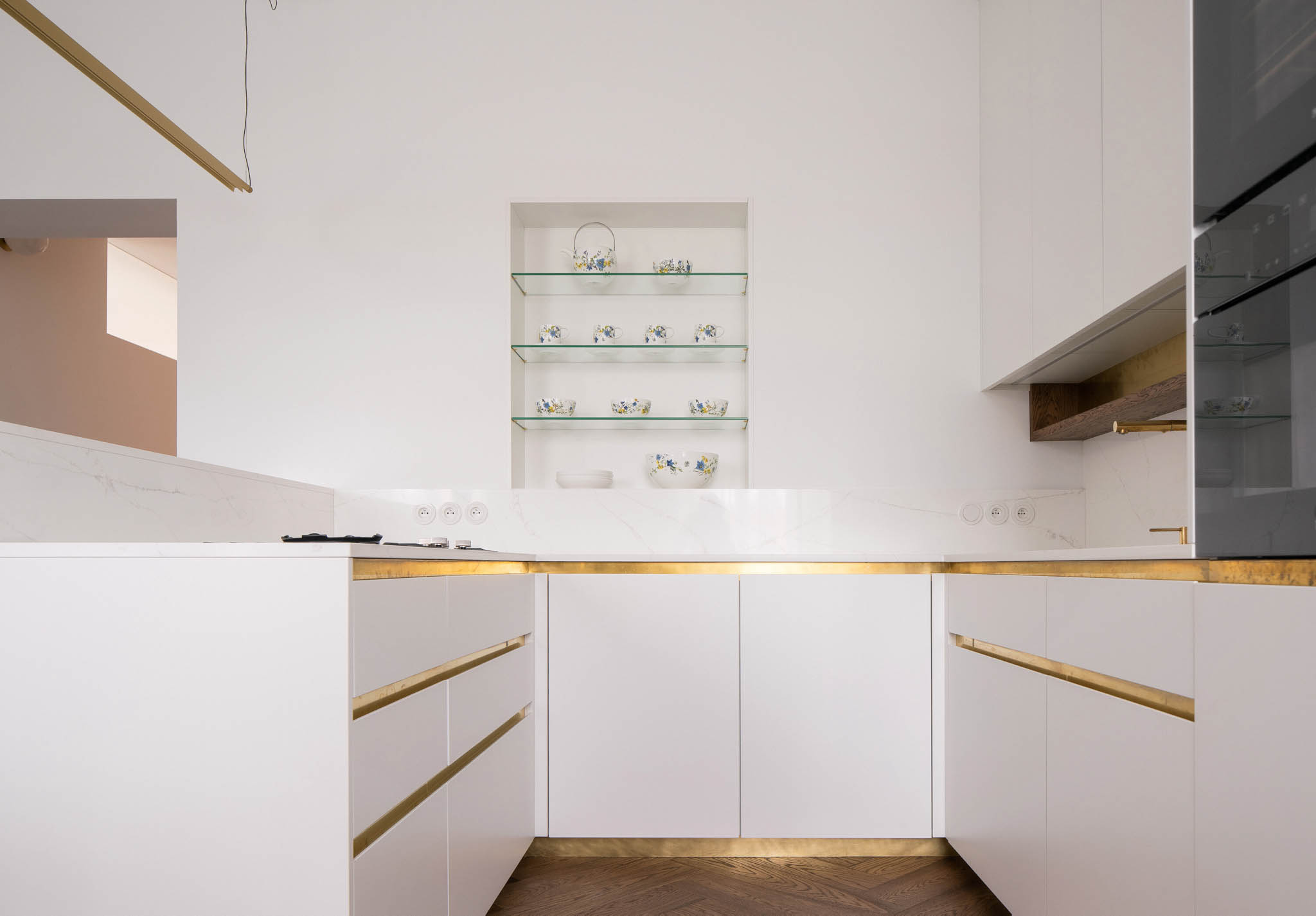
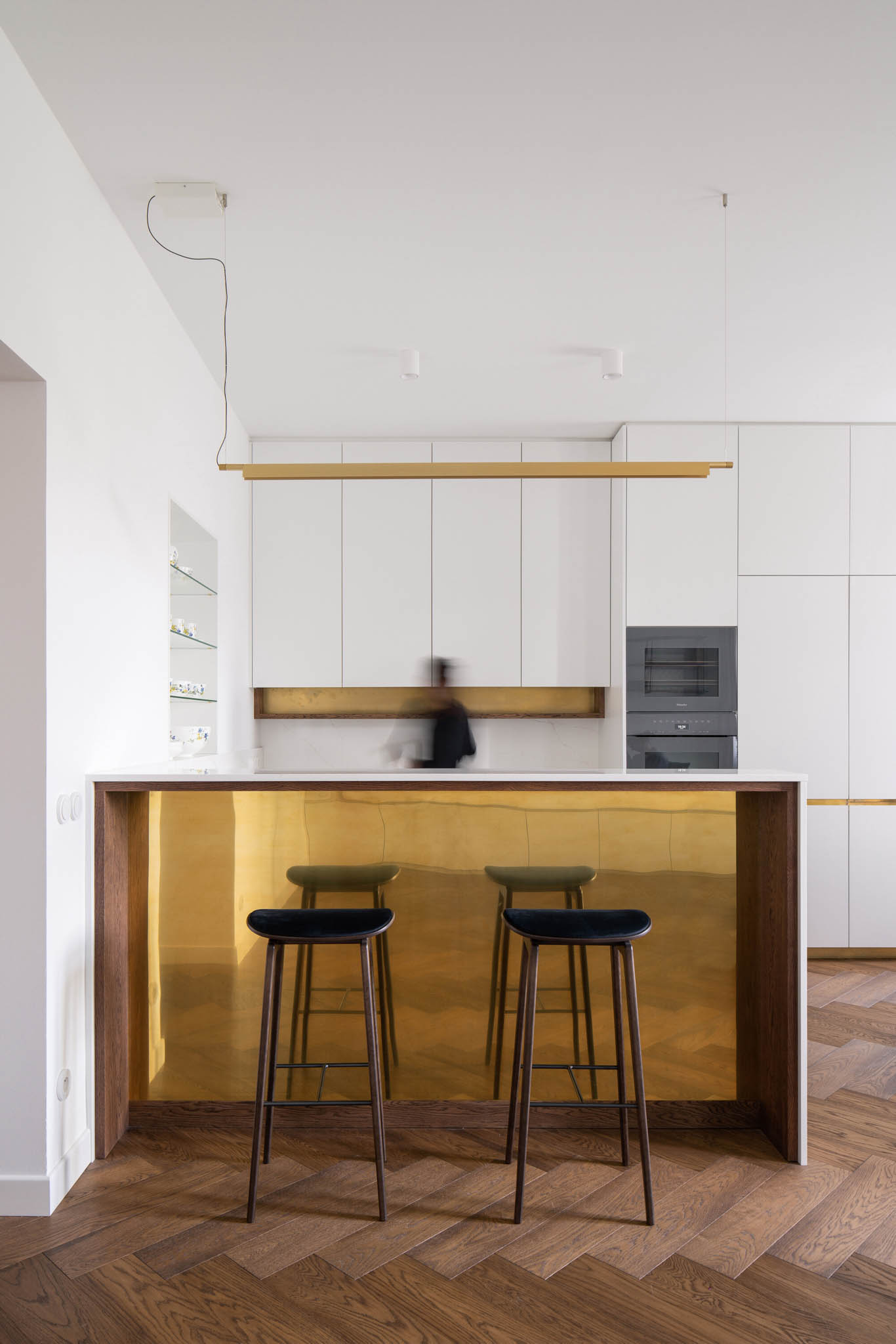
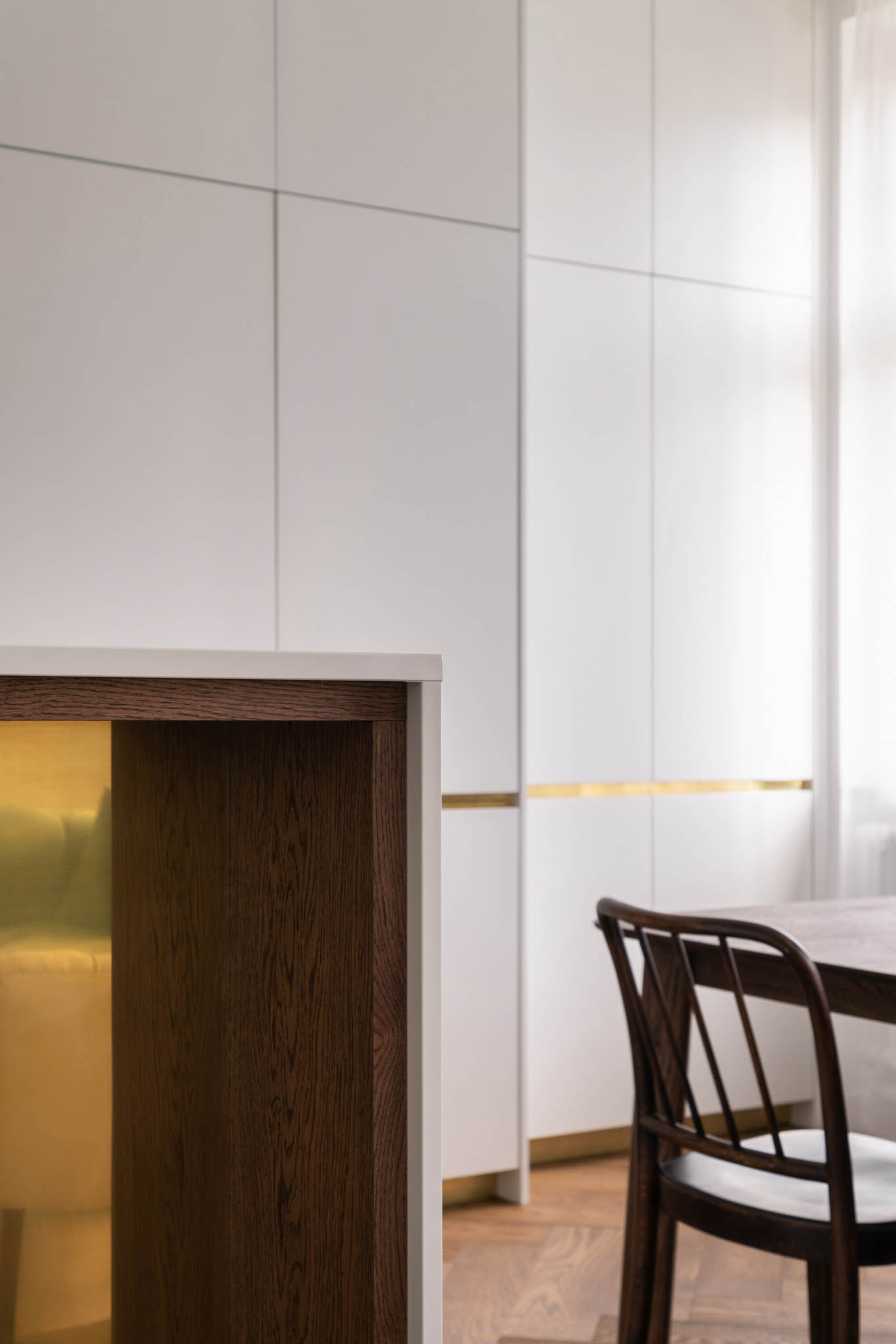

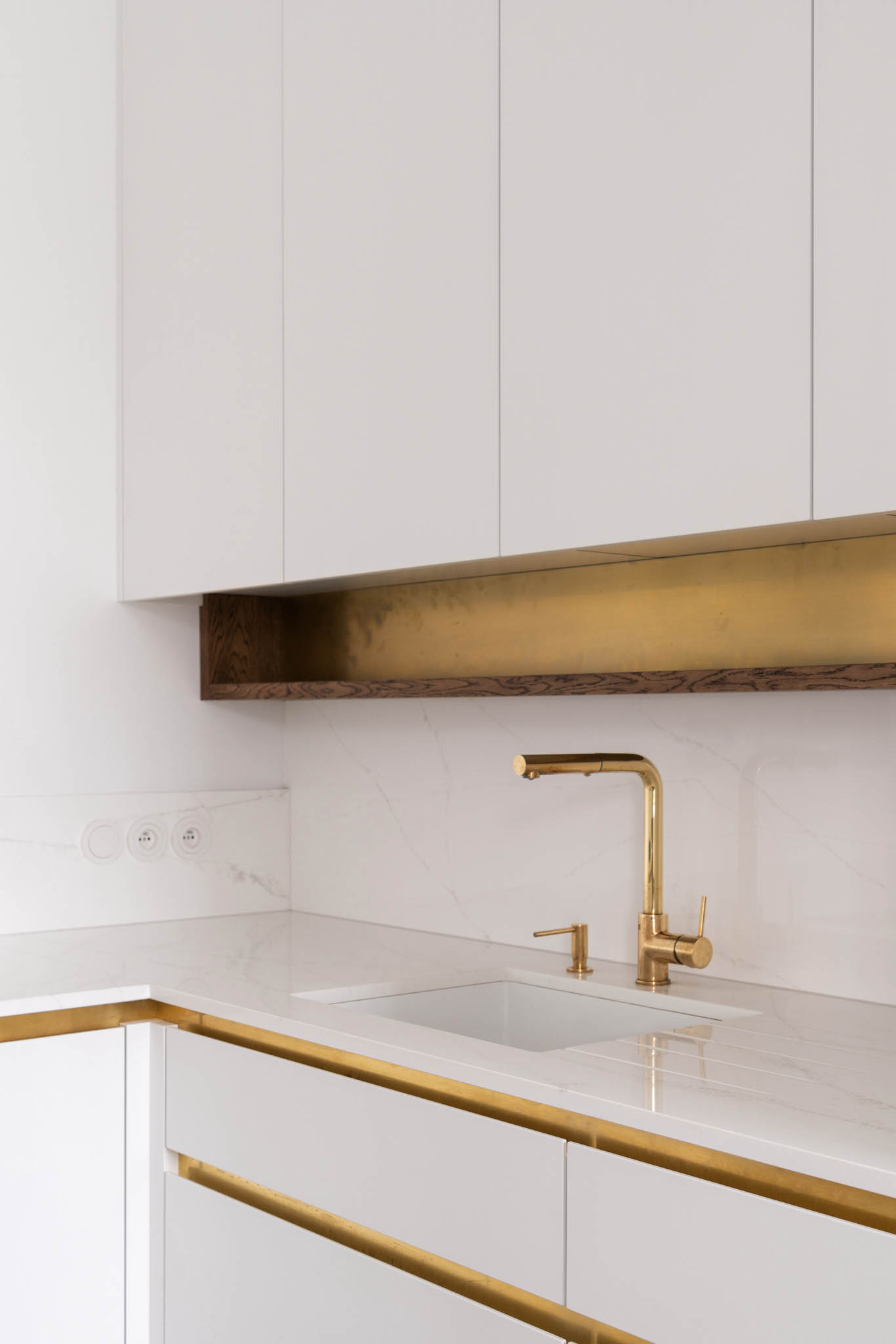
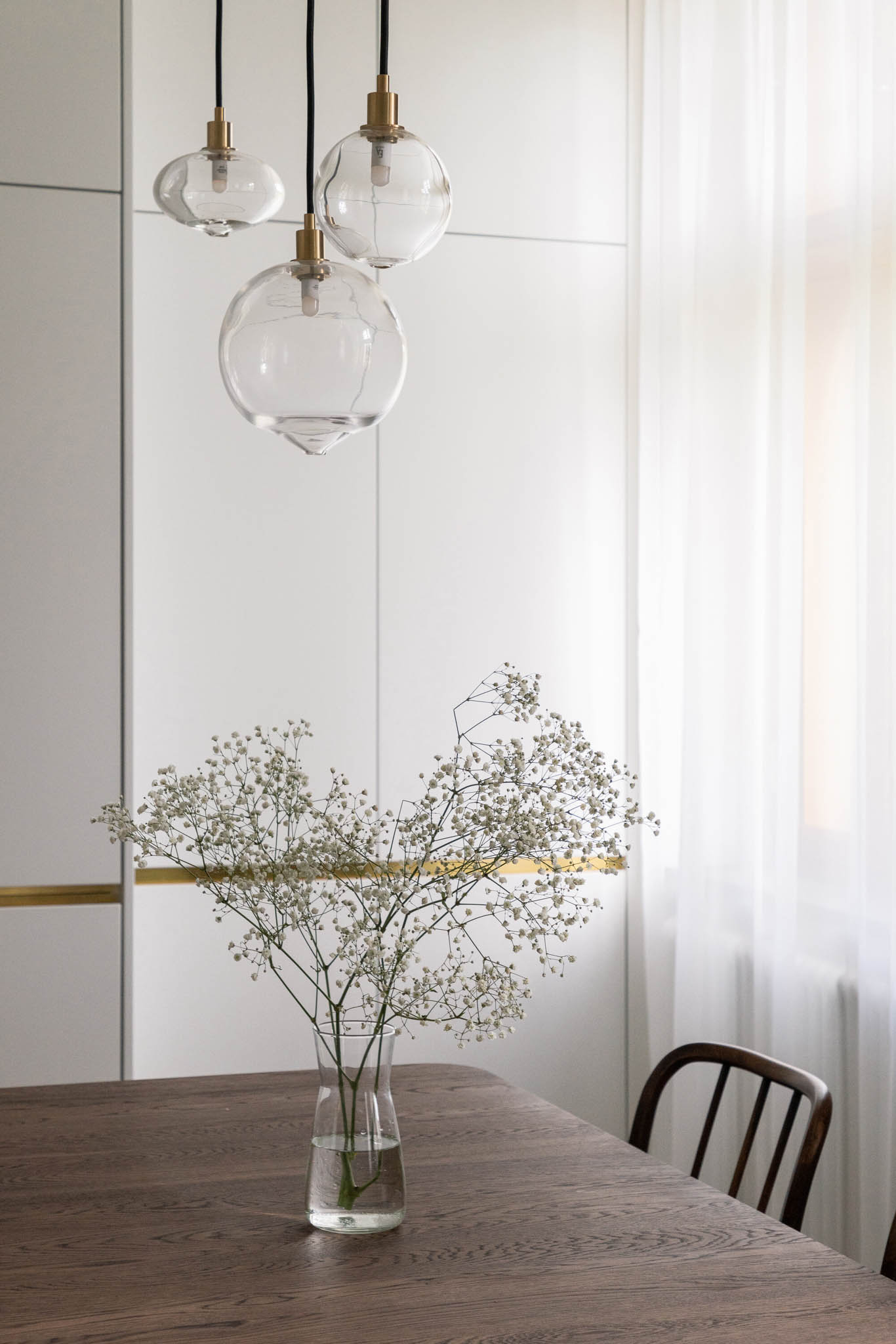
As you move to the Villa Bianca apartment’s south wing, the living spaces composed of dining, kitchen, and living areas welcome you. While the northern section has clear wall divisions, the south wing follows an open floor plan, which is a modernist interior style trademark.
One of the first things you’ll notice in this area is the brass plated breakfast nook that contrasts beautifully with its minimalist aesthetic. Next to it is the kitchen, where brass are also in the lighting fixture, sink hardware, and base cabinets. The glass niche shelf and white marble backsplash additionally give a subtle sophistication to the space while staying true to Villa Bianca’s roots.
As for the dining area, the clear glass chandelier hanging above the four-seater oak dining table provides quite a spectacle. Not only do their contrasting qualities create a stunning focal point, these also define the harmonious balance between contemporary and modernist designs.
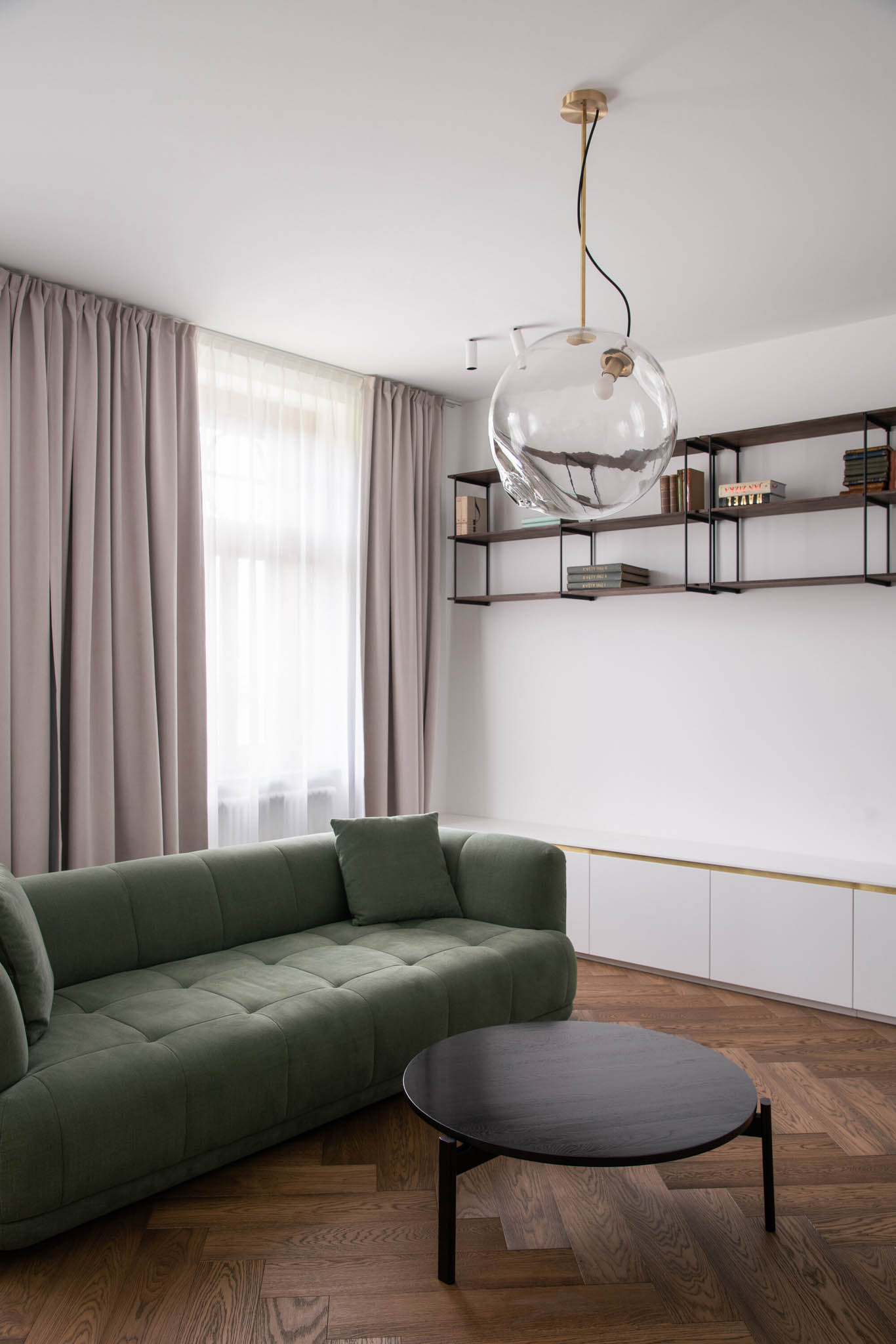
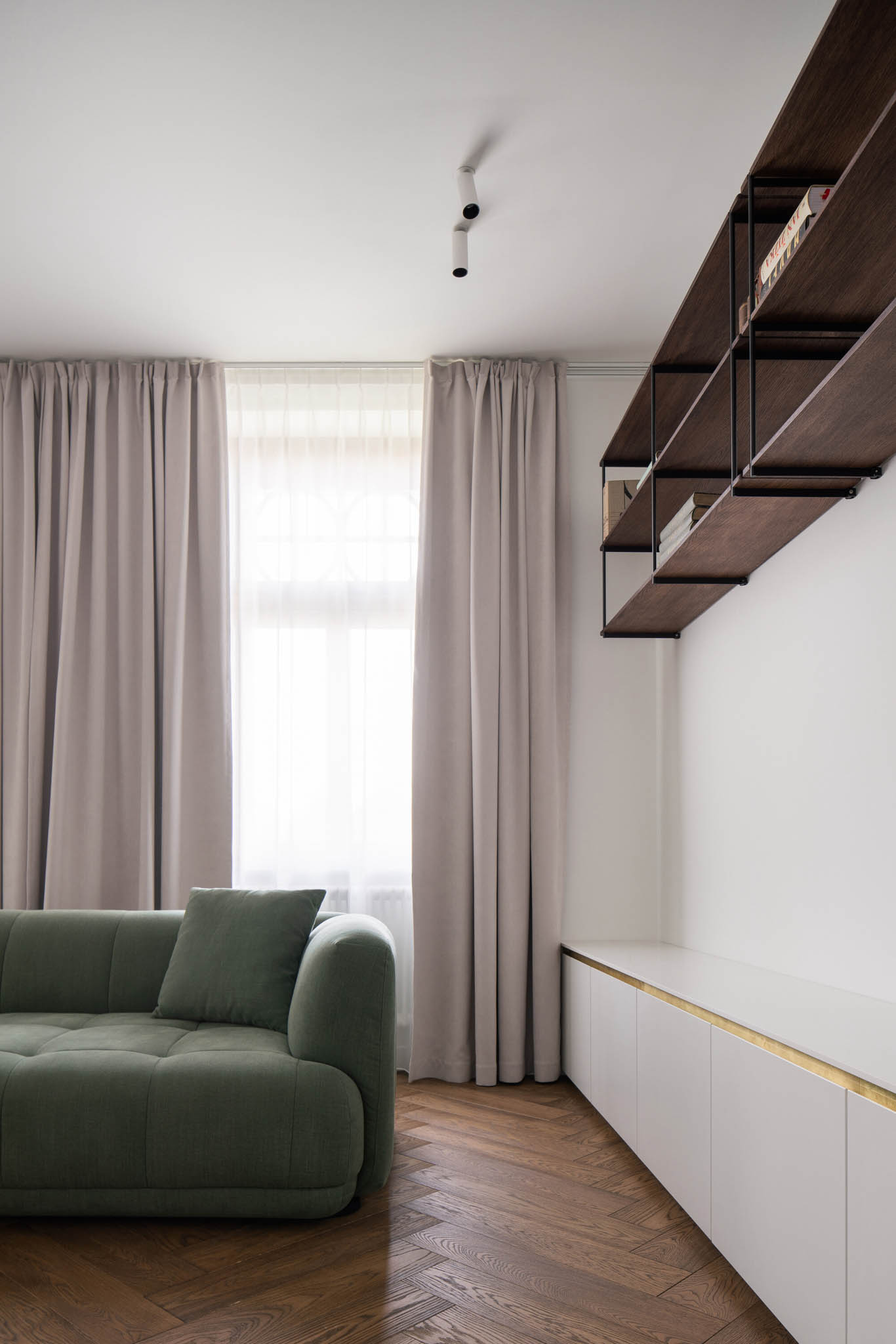
The living area also has a huge clear pendant light suspended above a small wooden coffee table. Establishing that repeated contrast between fixtures and furnishings makes the apartment’s design visually interesting and dynamic despite following a consistent color scheme.
Villa Bianca Apartment: A Commitment to Unifying Ideas
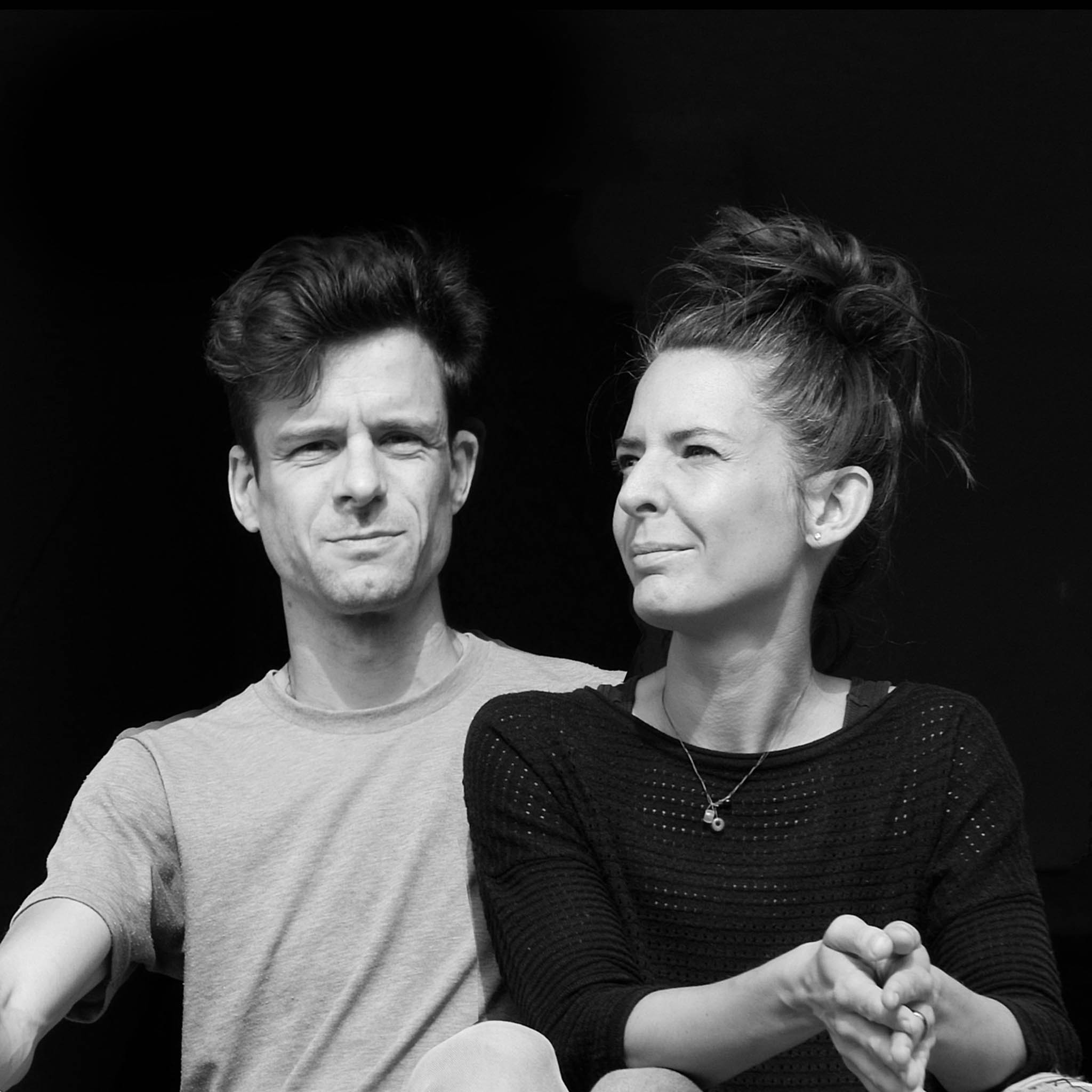
Komon architekti understands the importance of applying unified ideas in their projects—and that shows in the Villa Bianca apartment’s interior. For them, everything must be related and tied together to produce a modestly refined and calm output. The architecture studio managed to merge their contemporary perspective with Kotěra’s original design, making the space’s revival a seamless blend of old and new. And defining this architectural heritage in this manner is something that can’t be buried by numerous renovations.
“We believe that the dialogue between the old and new, in this case between the villa and its interior, can revolve around the authenticity in architecture and the quest for form stemming from the function, which was the basis for Jan Kotěra’s work more than a century ago,” Martin Gaberle stated.
Photos by Alex Shoots Buildings
Read more: Stone House: A Biophilic Sanctuary Made Through Innovative Adaptive Reuse
